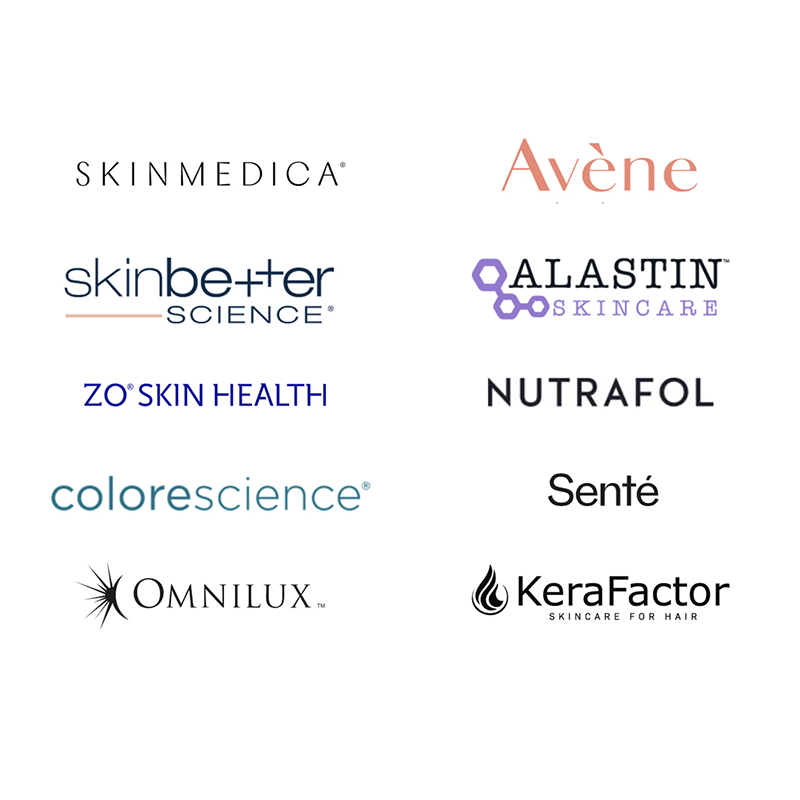“Madeline gets tan in an hour. It takes me all summer!”
Not all skin is born equal. Some of us can get a golden tan in an hour with little sun damage and others can work at it all summer and end up only faintly beige – with a host of sun damage that shows up for decades. Why?
The climates of different areas of the world create different skin types. The main differentiation is the amount of pigment genetically available – and that’s borne of centuries of adaptation based on geography. With the melange of gene pool mixes in the population today, the need for the “right” treatment selection has become more and more important for ethnic skin.
You can’t simply say “I want that treatment” and not be mindful of your skin genes. They make a big difference in the outcome and whether it’s what you want, or something that’s a different kind of problem instead.
What’s right for Madeline may not be right for you.
Today’s dermatology technology can treat a wide range of problems for a wide range of skin types. The problem is making sure YOU get the right technology for YOUR skin. So if you’re a Madeline, pay special attention.
Some examples:
Southern Europeans have more pigment than Scandinavians. Lasers are routinely touted as a solution for everyone’s problems, but some lasers are more appropriate for Scandinavian skin…and less appropriate for darker skin from someplace like Southern Italy.
Why would a laser be okay for one skin type and not another?
The simple answer is – Pigment!
Lasers use heat that affects all the layers it passes through. When heat passes through the pigment-producing layers, guess what? It turns on the melanin switch and your skin will respond with more pigment (melanin).
This is especially problematic for that person whose grandmother, parent, or great-grandparent is Sicilian, Middle Eastern, South American, or African or Asian. (Not so for the Scandinavian who has very little pigment potential at all! These lucky people can opt for even the most aggressive laser treatments and not worry about surprise dark patch side effects.)
Before some of the newer technology, about all we could do was pre-treat ethnic skin with pigment suppressors like hydroquinone – and if there were post-treatment instances of hyperpigmentation, we continued the use of hydroquinone to reduce the “new” pigment.
So if I have darker skin I can’t use laser?
Now, don’t get this wrong. Lasers work on all types of skins for certain things. But the lasers that we use on darker skins – or skins that CAN get darker easily – all use some type of filtering and energy adjustments to reduce that risk.
And when we can get the same improvements for darker skin without actual laser, that’s where we go.
Take laser hair removal, for instance. (And yes, you need a laser to create focused heat in the follicle.) For light skins, we use one type of filter and for dark skins, another. Dark skin is also treated at lower levels so the message to the melanin cells is muted.
That’s one of the reasons dark skins require more sessions to get good levels of hair reduction than light skins. Another is that dark ( or tanned) skin is more easily burned if the energies aren’t turned down.
It’s My Face – Take Extra Special Care
The one area that we need to take special care to treat with the right technology is the face. For instance, reducing acne scars only to trade them for dark patches is hardly the best exchange. Who wants brown spots where scars used to be?
So, for skins with the potential to hyper-pigment, we won’t routinely use a laser for acne scarring or resurfacing.
Instead, we use RF (radio frequency) energy because it bypasses the pigment cells but still gets to the fibroblasts that help create new skin-smoothing collagen.
A newer procedure introduced in 2018 called Halo Hybrid Laser, reduces scarring and resurfaces skin without accumulating unwanted pigmentation. And it’s not just for acne scarring or resurfacing. the Halo Hybrid system is also useful for skin re-texturizing, fine lines, and existing discoloration and it actually offers a modest level of tightening in certain areas after a series of treatments.
Chemical Peels – Not Equal for all Skins
Topical peels and skin lighteners also are skin-specific. The various chemical peels offered to brighten and smooth skin on a less-than-laser level need to be carefully chosen as the wrong type of chemical peel can make matters worse.
IPL Photo Facial – Worry or Not?
Possibly, but the big differential is the device used. We’ve upgraded to the BBL photofacial which has many filters designed to target specific pigment while not creating problems. Lots of experience with a lot of different skin types helps us make whatever adjustments we need.
The Big Picture
The big picture is simple. Skin with lots of pigment potential needs to be treated differently than skin that has less. Share your genetic background with your doctor so appropriate technology and treatment preparation will work in your favor.





